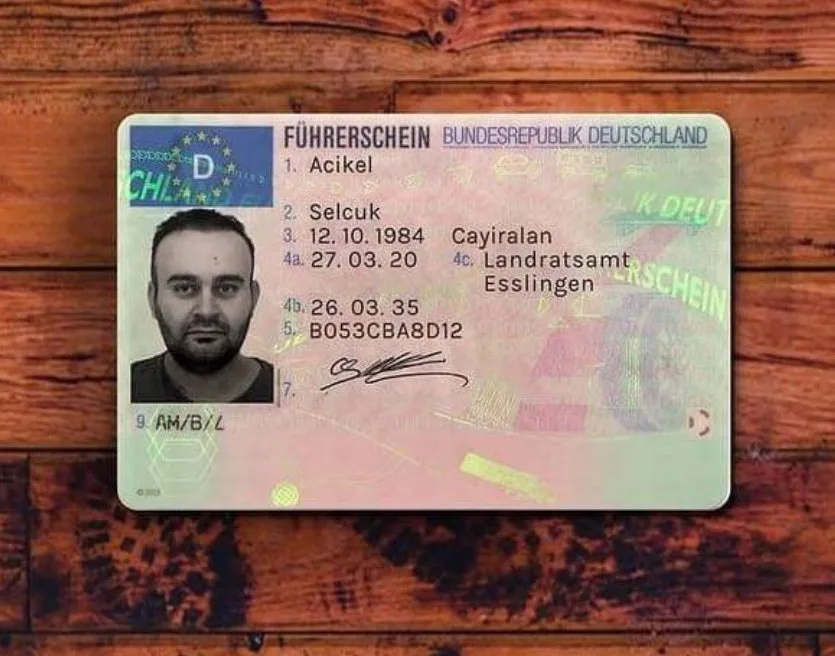Learning to Drive Without a Test: Checking Out Alternative Courses in Driver Education

In a period where benefit and innovation control the landscape of education and abilities acquisition, the conventional model of finding out to drive-- finishing a rigorous test to earn a driver's license-- has come under examination. For numerous, the process of supporting the wheel, studying hard, and passing both a composed and useful driving test can be daunting. Nevertheless, emerging trends and alternative techniques to driver education suggest that there might be methods to learn to drive without feeling the pressure of an official testing environment.
Understanding the Traditional Model
Typically, earning a driver's license requires potential motorists to go through a series of tests created to assess knowledge and useful skills. These include:
Written Test: This examines understanding of the rules of the road, traffic signals, and safe driving practices.
Practical Driving Test: Applicants need to demonstrate their capability to operate a vehicle securely and in accordance with traffic laws.
While this design makes sure that all drivers satisfy a minimum standard of competence, it can be a source of stress for many learners. The fear of failure, integrated with the logistics and cost associated with testing, can deter people from acquiring their license altogether.
Alternative Methods of Learning to Drive
Driving School Innovations: Many driving schools have actually started to provide more tailored education programs that enable trainees to discover at their own pace. These programs typically consist of one-on-one direction with certified driving instructors who focus on building self-confidence instead of pressing students to pass a test. Some contemporary driving schools even include online modules where students can study the guidelines of the roadway in a more unwinded setting before stepping into the car.
Simulated Driving Experiences: Advances in technology have resulted in the production of sophisticated driving simulators. b197 führerschein preis can offer valuable experience without the danger of mishaps. Learners can practice their skills in different climate condition, traffic circumstances, and driving circumstances that they might not encounter in common driving classes. This hands-on method to knowing can boost a student's competence and self-confidence behind the wheel.
Peer-to-Peer Learning: Informal driving practice with buddies or household members can also act as a viable option to standard approaches. While this method does not totally remove the requirement for official testing, it permits people to get convenience and experience behind the wheel without the stress and anxiety of a main examination. Friend or family can offer guidance and feedback, making the finding out procedure less challenging and more helpful.
Versatile State Regulations: Some areas are beginning to reassess their compulsory testing policies, especially for specific demographics, such as veterans or people with disabilities. These modifications reflect a growing recognition that life experiences and driving routines may not constantly align with traditional testing requirements. Advocacy for a more holistic approach to assessing driving competence is ending up being a topic of discussion in lots of legislative circles.
Personal Certifications: In certain areas, individuals might explore alternatives that focus more on mentorship and more secure driving behavior instead of conventional tests. Certification through neighborhood programs or acknowledged organizations that back experiential learning could encourage safe driving while bypassing the standard testing route.
The Benefits and Drawbacks
While learning to drive without a formal test uses lots of potential benefits-- such as minimizing stress, cultivating a more inclusive environment for learners, and focusing on skills over testing anxiety-- it likewise raises concerns. Critics argue that getting rid of official assessments might lead to inconsistencies in driver preparedness, possibly compromising road security.
Furthermore, standard testing serves not just as an assessment of abilities, but as a standardized benchmark that makes sure all chauffeurs possess the essential knowledge to navigate the roadways safely.
Conclusion
The landscape of driver education is developing. As alternative techniques of learning to drive gain traction, striking a balance between versatility and safety is vital. While it is clear that there are avenues for discovering to drive without the pressure of a formal test, making sure that all chauffeurs maintain a high standard of safety should remain a priority. In the future, we may see more tailored approaches to driver education that accommodate numerous discovering styles, eventually leading to safer, more positive chauffeurs on our roads.
